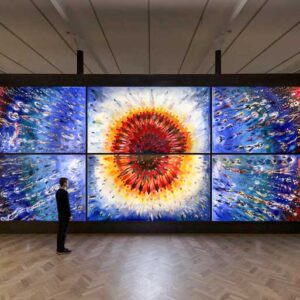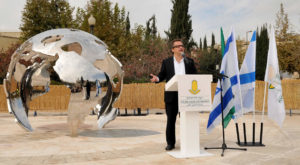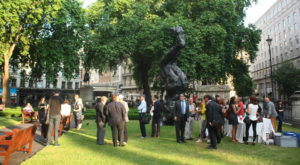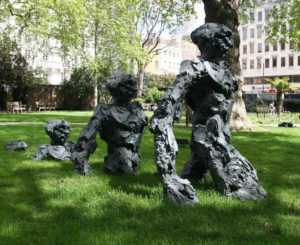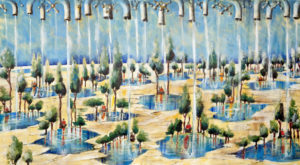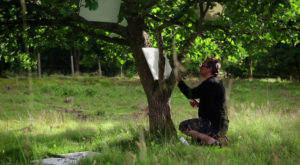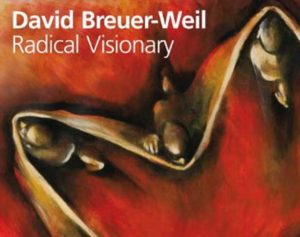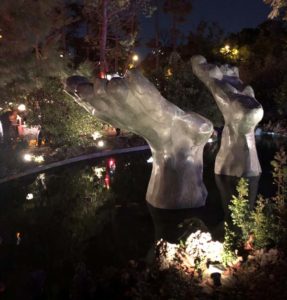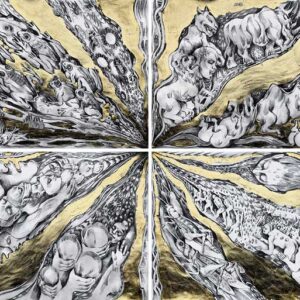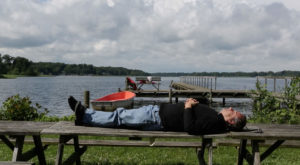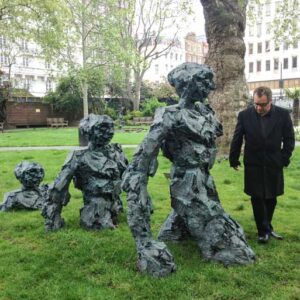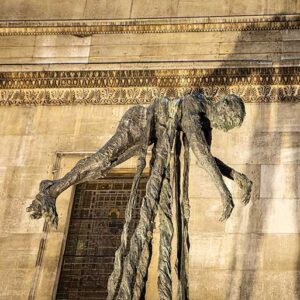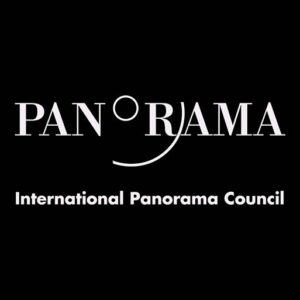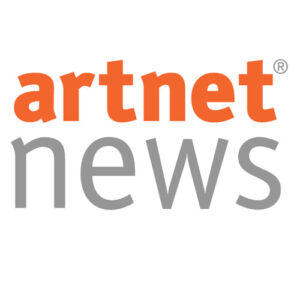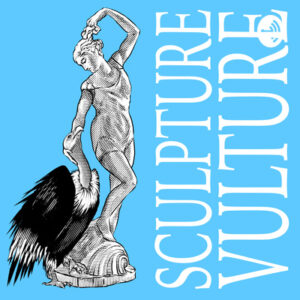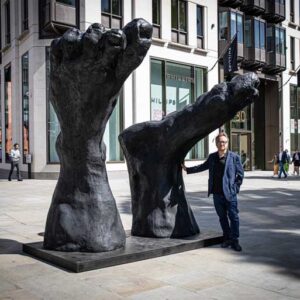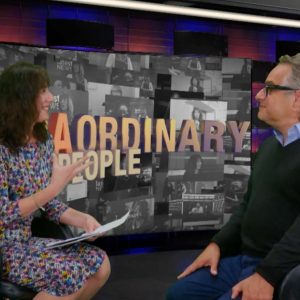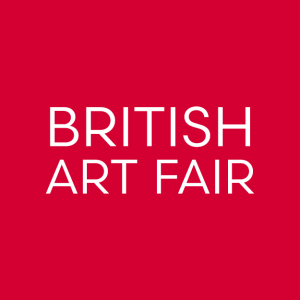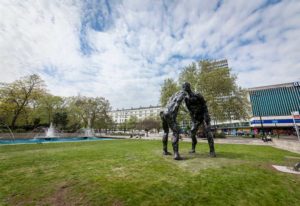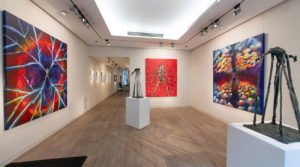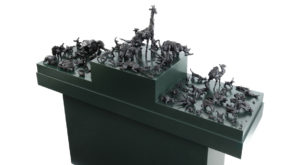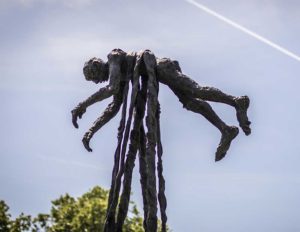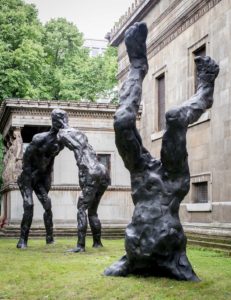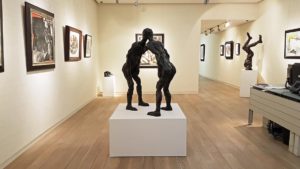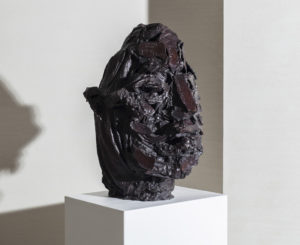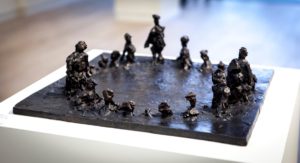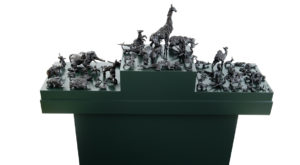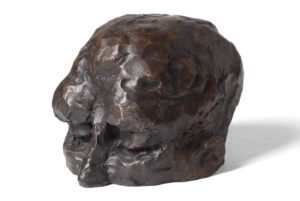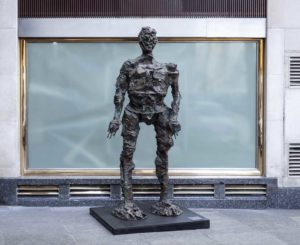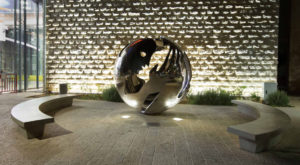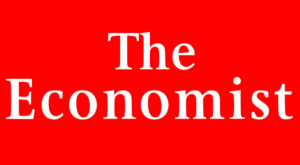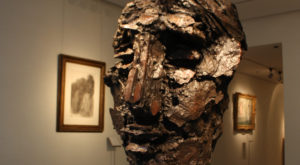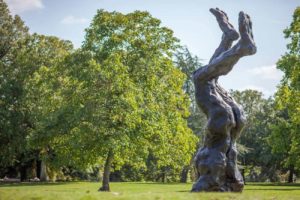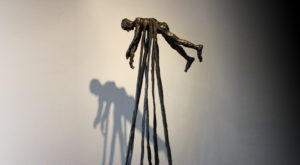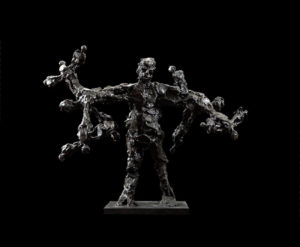
FROM ROBERT HIRSCHFIELD ARCHITECTS – INSIGHTS
David Breuer-Weil is a leading contemporary British painter and sculptor whose iconic bronze sculptures, such as ‘Brothers’ and ‘Alien’, have been installed in major public spaces in London and around the world. David regularly exhibits at venues including the National Trust, the Jewish Museum, London, Ben Uri Gallery and Museum, with Westminster Council, with Camden Council, Christie’s, Sotheby’s and the Istanbul Biennial.
Breuer-Weil is famed for his monumental solo shows of vast painted canvases referred to as the ‘Projects’, a 4 part series held in museums and other venues throughout London between 2001 and 2013.
Architects and artists play different roles in the real world but have similar concerns about craftsmanship, materials and methods as well as history and context. RHA have in the past collaborated with David on realised projects and in architectural competitions, re-engaging with these points of view.
Here, he offers some insight into working during a lockdown and creating monumental outdoor sculptures for the general public.

Q: For many artists, the period of lockdown was either a blessing or a curse, in terms of creating work. What came out of lockdown for you?
DBW: The amount of undisturbed time enabled me to dig very deep and produce different, sustained series of works. At the beginning of 2021, I made ‘The Coviad’, a contemporary version of the Bayeux Tapestry, hand-drawn in pencil and gold leaf on paper, and of exactly the same scale (350,000 square centimetres). This was a huge undertaking as it is brimming with details and symbols of the year of Covid. I hope at some point this will be installed permanently, but for now, it is on virtual exhibition at the Ben Uri Gallery and Museum indefinitely: https://benuri.org/video/129-david-breuer-weil-the-coviad-ben-uri/
I also published a series of 66 related Golden Drawings with Gli Ori, Italy and worked on a series of large scale paintings titled ‘The New Normal’, inspired by the scale of the Duveen Galleries at Tate Britain. In addition, I developed a number of maquettes for sculptural projects.
Q: Your large bronze sculptures are often installed in high-profile areas of London. As a Londoner yourself, what’s the significance of accessible art in public spaces?
DBW: I feel that outdoor sculpture can communicate significant ideas to the general public with great immediacy, without them having to enter an art gallery.

Q: You recently exhibited ‘Alien 2′, a large-scale bronze sculpture, in London’s Mayfair, a busy shopping district. What was the interaction like with this piece in such a famed shopping district, compared to greener spaces?
DBW: ‘Alien 2′ was installed as part of Mayfair Art Weekend and the Mayfair Sculpture Trail (part of Art in Mayfair). Although it was part of this fairly mainstream sculpture programme, in my mind the idea was that an outsider had crash-landed into a prominent retail area, causing people to think for a moment about the idea of belonging and alienation. Quite a lot of people did get the point due to ‘Alien 2’’s somewhat radical intrusion into the world of luxury.
Q: RHA collaborated with you on your Soul artwork, a polished steel sculpture for the Shaare Zedek Hospital’s Next Generation Building in Jerusalem. What do you see as the synergies when working alongside an architect to establish the settings for your artworks?
DBW: I very much enjoyed working with RHA on ‘Soul’ and I do believe architects can have a great role to play in the placing of sculpture and in their interaction with different designs of buildings. In some countries, there are planning regulations that demand building budgets have some allowance for sculpture and I think that in the long term this greatly enhances urban settings. Recently I installed ‘EMERGENCE 2′ permanently in Harbour Central, Canary Wharf which I hope has added a dimension to that thriving new part of London.

Q: London saw the return of Frieze London and Frieze Masters this year. What are you on the lookout for during these fairs?
DBW: For many years figurative painting was sidelined by the art establishment in favour of time-based media, video, photography and conceptual art. Having visited Art Basel recently it has become increasingly clear that there is renewed hunger for strong figurative painters and sculptors, especially exploring issues of identity. I have always been deeply committed to this kind of painting and I am always looking out for artists who continue to paint in this manner, but whose work also has good painterly qualities. ‘Flight’, a recent monumental bronze, 700 cm high, will be also be installed long-term, starting 15 October 2021, on Euston Road, London (St Pancras Church).
David’s virtual exhibition can be viewed online here: www.davidbreuerweil.com/all/exhibitions/david-breuer-weil-golden-drawings
